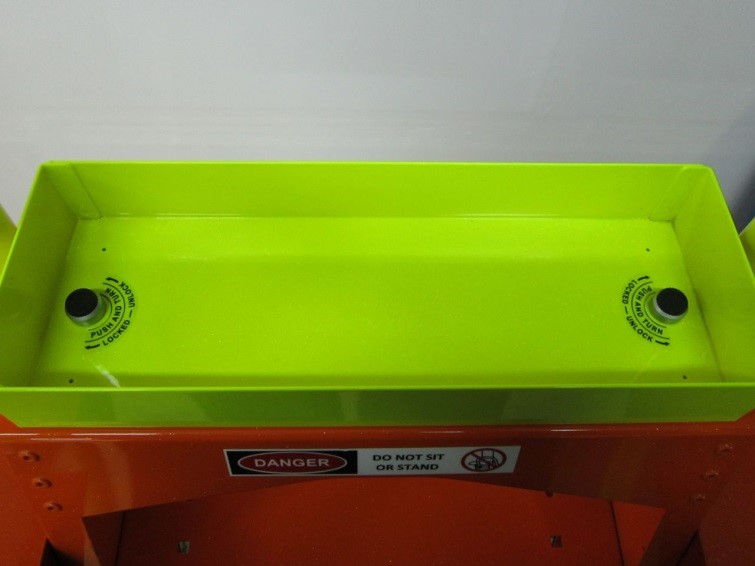In the realm of modern construction, effective drainage systems are essential for ensuring the longevity and functionality of infrastructure projects. Geocomposite draintile emerges as a cutting-edge solution for managing excess water and mitigating potential damage. This comprehensive guide delves into the intricacies of geocomposite draintile, showcasing its benefits, applications, and essential considerations for optimal performance.

Introduction to Geocomposite Draintile:
Geocomposite draintile comprises a specialized drainage material composed of various components, typically featuring a plastic core surrounded by a filtration fabric. This innovative design enables efficient water collection, conveyance, and dispersion, effectively mitigating hydrostatic pressure and preventing waterlogging in diverse environments.
Mechanism Behind Geocomposite Draintile:
Geocomposite draintile operates on the principle of subsurface drainage. Installed beneath the surface, it intercepts and accumulates excess water, redirecting it away from the structure or affected area. The filtration fabric prevents soil particles from obstructing the drainage system, ensuring uninterrupted functionality. This mechanism contributes to maintaining soil stability, preventing erosion, and mitigating the risk of water-induced damage.
Applications of Geocomposite Draintile:
Geocomposite draintile offers versatility across various industries and environments. It serves as a fundamental component in civil engineering projects such as road construction, retaining walls, and landfill drainage systems. Additionally, it plays a crucial role in facilitating drainage in sports fields, agricultural land management, and residential foundation reinforcement. Its adaptability makes it the preferred choice for addressing diverse drainage challenges.
Advantages of Geocomposite Draintile:
– Enhanced Drainage Efficiency: Geocomposite draintile exhibits superior water collection and conveyance capabilities compared to conventional drainage systems.
– Longevity and Durability: Crafted from high-quality materials, geocomposite draintile demonstrates exceptional resistance to chemical degradation, ensuring prolonged functionality.
– Cost-effectiveness: Despite the initial investment, the long-term benefits of reduced maintenance and potential damage mitigation make geocomposite draintile a cost-effective drainage solution.
– Environmental Sustainability: By promoting effective water management and preventing soil erosion, geocomposite draintile contributes to environmental conservation efforts.
In summary, geocomposite draintile represents the future of drainage technology, offering innovative solutions for sustainable construction and infrastructure development. Its advanced design, coupled with superior performance and durability, positions it as the optimal choice for addressing drainage challenges across various projects and environments.
When comparing globe valves and ball valves, it’s essential to consider their unique features and applications. Globe valves are ideal for regulating flow due to their linear motion disc design, offering precise control in throttling applications. On the other hand, ball valves feature a spherical closure element, providing quick shutoff in on/off applications. Globe valves are known for their excellent sealing capabilities and resistance to high temperatures and pressures, while ball valves are valued for their durability and low maintenance requirements. Choosing between a globe valve and a ball valve depends on factors such as flow control needs, system pressure, and temperature requirements, with each type offering distinct advantages for specific industrial applications.